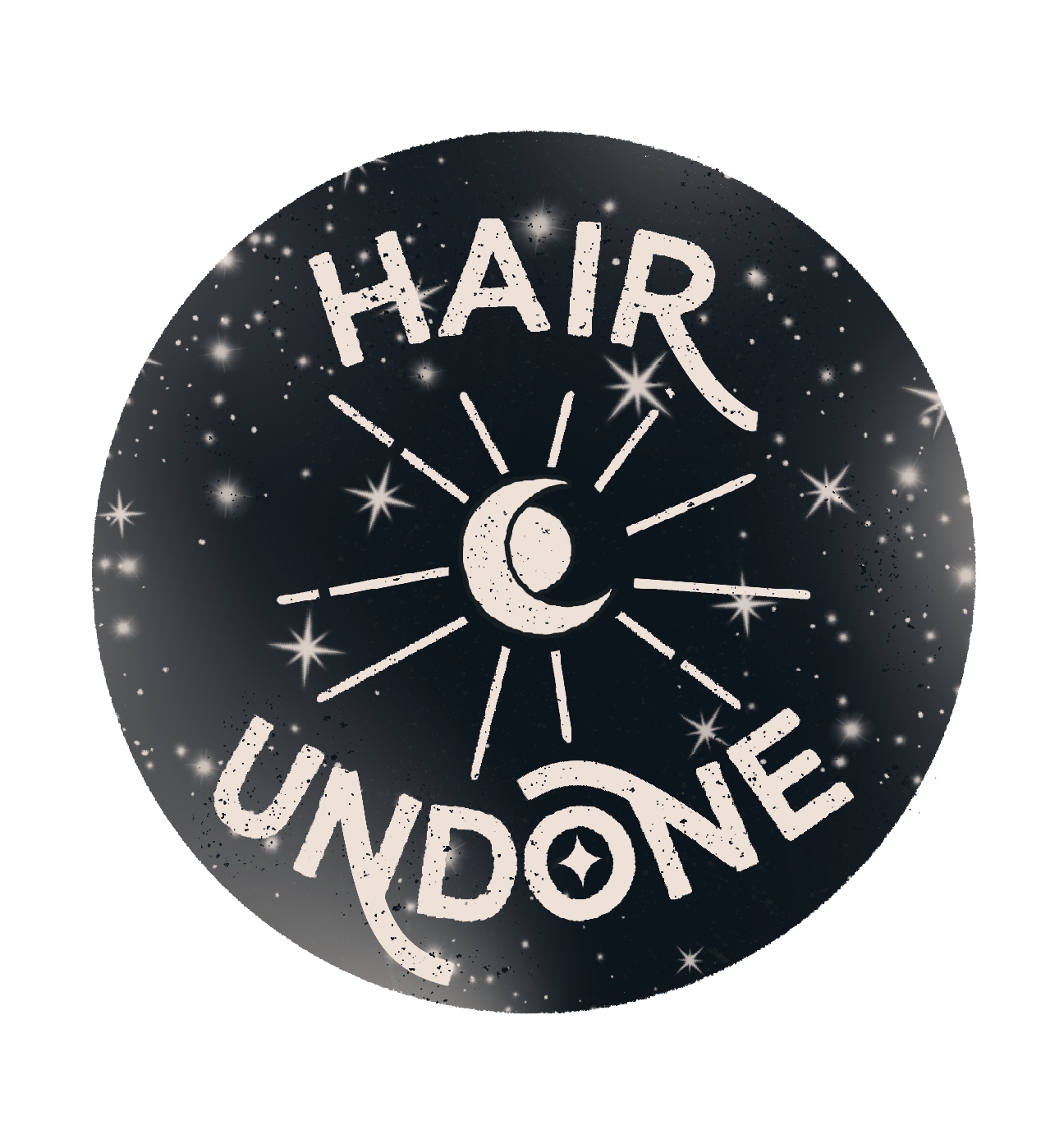Debunking 5 Popular Hair Myths
When it comes to hair care, there is no shortage of advice and information available. From family remedies passed down through generations to the latest trends shown off by influencers, it's easy to get lost in a sea of conflicting information. Today we'll take a closer look at some of the most common hair myths and debunk them with facts, helping you make informed decisions about your hair care routine.
Myth 1: Cutting Your Hair Makes It Grow Faster
One of the oldest and most enduring myths is that cutting your hair will make it grow faster. While regular trims are important for maintaining healthy ends and preventing split ends from spreading, they do not actually affect the rate at which your hair grows from the scalp. Split ends that are not maintained can split further up the hairshaft, which requires more to be cut off each time. This can cause the illusion that your hair is not growing. Hair growth is determined by factors such as genetics, hormones, and overall health, not the act of cutting it. You should expect, on average, about 1/2 inch of new hair growth per month.
Myth 2: Shampooing Every Day is Necessary:
Many people believe that washing their hair daily is essential for maintaining cleanliness. In reality, frequent shampooing can strip the hair of its natural oils, leading to dryness and potential damage. The ideal frequency of shampooing varies depending on hair type and individual needs. For most people, washing every 2-3 days is sufficient to keep the scalp and hair clean without overstripping natural oils. It is often recommended that if you are washing your hair every day, to try to go longer and longer between washes to allow the natural oil production to rebalance. We recommend utilizing Dry Shampoo directly after styling your hair on day one to keep oil at bay.
Myth 3: Brushing Your Hair 100 Strokes a Day Makes it Healthier
While brushing your hair can help distribute natural oils and detangle strands, excessive brushing can actually cause damage by creating friction and breakage. Overbrushing, especially when the hair is wet, can weaken the hair shaft and lead to increased hair loss. Instead, opt for gentle brushing when needed and choose a brush suited to your hair type. Our best recommendation is to use a Wet Brush or a wide tooth comb if you’re opting to brush it when its wet.
Myth 4: Plucking One Gray Hair Leads to More
The idea that plucking a single gray hair will result in more grays is purely a myth. Hair color is determined by melanin production in the hair follicles, and plucking a single hair does not affect the production of melanin in neighboring follicles. If you have gray hair and want to address it, consider consulting with one of our customized color experts on your options. We offer options such as gray blending and demi permanent colors that help ease the transition into having fully gray hair. We also offer root touch ups if you would like to keep the gray away.
Myth 5: Using Mayonnaise or Coconut Oil Makes Your Hair Shinier
Home remedies like applying mayonnaise or coconut oil to your hair for added shine have been popular for decades. However, these methods are not supported by scientific evidence. Mayonnaise may contain oils that provide a temporary sheen, but it won't provide long-term benefits. Similarly, coconut oil may contain proteins that could temporarily coat the hair, but these effects are minimal compared to the efficacy of modern hair care products designed for shine and health. Instead, opt for a hair treatment that is balanced and professionally formulated for hair health.
In the world of hair care, it's crucial to separate fact from fiction to ensure that you're providing the best care for your locks. Remember, the key to healthy and beautiful hair lies in a balanced approach that considers your unique hair type, lifestyle, and individual needs. Always consult with a professional hairstylist or dermatologist for personalized advice and recommendations. We offer consultations at no charge at Hair Undone, allowing our stylists to create a customized treatment plan.





